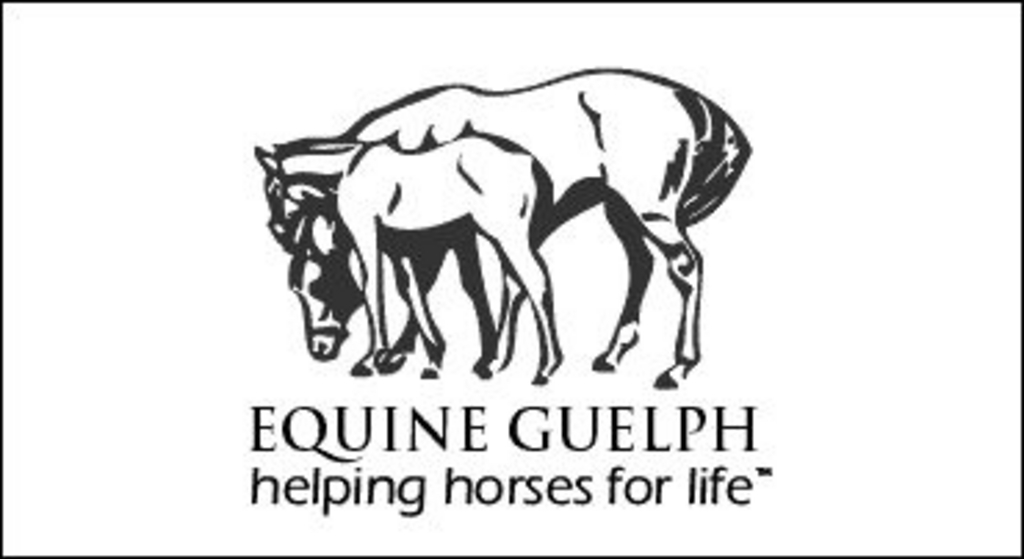
Bits and breathing. Both words start with the letter ‘B,’ and most might assume their relationship ends there. But Dr. David Mellor, a leading animal welfare expert at Massey University in New Zealand, believes there is more to the story, especially when it comes to our horses.
Dr. Mellor’s research, shared in a talk at the University of Guelph in autumn 2017, looks at how bit use can impact equine breathing during exercise and what this means for equine welfare.
One of the first topics that Dr. Mellor covered during his talk was bit-induced pain (pain that comes from bit use). Dr. Mellor introduced the topic by asking audience members to take a pen, press it lengthwise against their teeth, increase the pressure, and consider the amount of pain this caused. He then asked audience members to repeat the steps, with the pen pressed against their lower gums instead. Audience members agreed that this location produced more pain. Try this experiment for yourself. Dr. Mellor compared the sensation felt on the lower gums to the sensation felt by your horse when a bit is in their mouth. He explained that the sensation can range from mild agitation to severe pain, depending on factors like bit type and rein use.
Dr. Mellor then extended the topic to links between bit use and breathing in horses. He explained that many horses will open their mouths to deal with bit-induced pain. Unfortunately, when a horse opens his mouth, especially during intense exercise, it becomes harder for them to breathe. This is because horses breathe only with their noses, and not their mouths. In fact, a horse’s mouth actually needs to be closed for optimal breathing. When the mouth is closed, there is a negative pressure that the horse creates and maintains through swallowing. This pressure keeps the soft palate from blocking the nasopharynx. If something, like bit-induced pain, causes the mouth to open, then the pressure is disrupted and the soft palate can block the pharynx. This obstruction can cause the horse to experience breathlessness, which can impact the horse’s athletic performance. More details on the links between bit use and breathlessness in horses can be found in Dr. Mellor’s recently published literature review.
In another talk at the University of Guelph, Dr. Mellor presented on his research looking at the big picture of animal welfare. One of the core concepts of animal welfare is the Five Freedoms, which cover the five main aspects of animal welfare (e.g. freedom from hunger or thirst). Dr. Mellor explained that the Five Freedoms give an animal reasonable survival, by looking after their nutrition, environment, and health. However, he believes that it’s time to move towards giving animals a ‘Life Worth Living.’ This is based on the concept that for animals to have “lives worth living,” it’s not only necessary to minimize their negative experiences, but also provide the animals with opportunities to have positive experiences. For instance, giving them experiences to feel engaged, positive, and providing time for bonding and play behaviours. For more on Dr. Mellor’s fascinating work, check out his talk on the topic.
(Equine Guelph)

